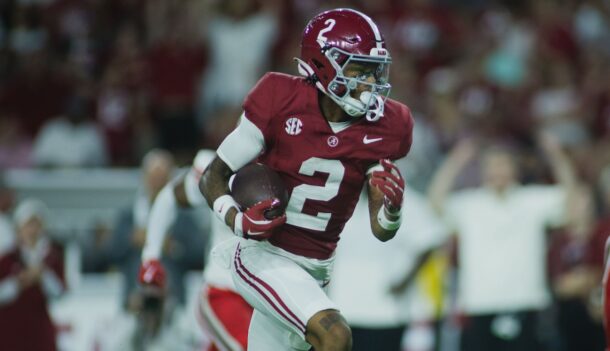
Should LSU have hired Herman? SEC history with mid-major coaches says … maybe not
The coaching carousel will soon gear up and quickly reach full spin. The dominoes began to fall Saturday when LSU named Ed Orgeron its next head coach.
Former Houston coach Tom Herman was in the mix, too.
Should the Tigers have done more to try to sign Herman, the mid-major head coach who bolted to Texas hours later? We’ll know more in three or four years whether LSU (and Texas) made the right call.
Sometimes, hiring a mid-major coach has worked well in the SEC … and sometimes it ended quickly in another coaching search. Here’s a look at some of the best and worst.
MADE IT
Urban Meyer, Florida (2005-10): The Gators looked to recreate the roll that former ball coach Steve Spurrier started. They looked toward the Mountain West Conference where Meyer led Utah to back-to-back league titles and a 22-2 record. He had just led the Utes to a Fiesta Bowl victory, 35-7 over Pitt, and an AP ranking of No. 4 in the country. Hiring Meyer certainly was a good idea considering he won two national titles (2006, 2008) at Florida, produced Heisman Trophy winner Tim Tebow, and went 65-15 in his six seasons there.
Pat Dye, Auburn (1981-99): The legendary coach got his start at East Carolina (1974-79) and then Wyoming (1980) before 12 outstanding seasons at Auburn. He began to gain notoriety by posting a 48-18-1 record in three seasons at East Carolina, which included a victory in the 1978 Independence Bowl. And after a 6-5 finish in his only season at Wyoming, Auburn came calling.
And he obliged, winning 99 games with the Tigers (99-39-4). Dye won or tied for four SEC championships, including three straight (1987-89), and finished as high as No. 3 in the nation following the 1983 season. He was named SEC Coach of the Year three times.
Gus Malzahn (2013-present): Known for his ability to run an offense, Malzahn had a meteoric rise to the top of the SEC. After just one season as head coach at Arkansas State, he was tabbed to inject life into the Tigers offense — which he did. It was that same type of infusion that lifted Arkansas State to the Sun Belt Conference title and a 9-3 record. But it still didn’t reach the heights Malzahn was able to attain in his first season at Auburn, playing for a national championship. He is now 35-17 as he wraps up his fourth season at the helm.
Jim McElwain, Florida (2015-present): After three seasons of building Colorado State into a Mountain West Conference power, McElwain came to Gainesville. McElwain still has a quarterback issue to solve, but wasted little time winning the SEC East in his first two seasons.
Hugh Freeze, Ole Miss (2012-present): Preceding Malzahn at Arkansas State, Freeze won the 2011 Sun Belt Conference in his only season there. But winning conference titles was not foreign to Freeze, who captured Mid-South Conference titles in both seasons (2008-09) as head coach at Lambuth. He is 39-25 as he wrapped up his fifth season in Oxford, which included a No. 3 ranking following a 7-0 start to the 2014 season — the Rebels’ highest ranking in nearly 50 years.
MISSED IT
Derek Dooley, Tennessee (2010-12): After a very mediocre three-year stint at Louisiana Tech in which he compiled a 17-20 record, highlighted by a 2008 Independence Bowl victory over Northern Illinois, Dooley hit rock bottom at Tennessee. In three seasons on Rocky Top, he was 15-21, finishing last and next-to-last in the SEC East in his final two years there.
Curley Hallman, LSU (1991-94): With future NFL Hall of Fame QB Brett Favre under center, Hallman gained success at Southern Miss. He won 10 games in his first season there and finished with a 23-11 record that included a 1988 Independence Bowl victory, as well as road wins at Florida State and Alabama. But it didn’t translate to success at LSU. Hallman went 16-28 on the bayou, including a 10-21 mark in SEC games. Hallman’s Tigers finished last in his first two seasons and fourth in his final two.
Earl Brown, Auburn (1948-50): Going way back to just after World War II, in his second of two seasons at Canisius, Brown won the Western New York Little Three Conference with an overall record of 7-2 (2-0 in conference play). He was 11-5-1 in two years there but won no more than two games in any of the three seasons at Auburn. All tolled, Brown went 3-22-4 in one of the darkest eras of Auburn football. For the record, Brown was a much better basketball coach, compiling a 72-70 record with stints at Harvard, Dartmouth, Merchant Marine and Canisius.
Glenn Sattell is an award-winning freelance writer for Saturday Down South.







